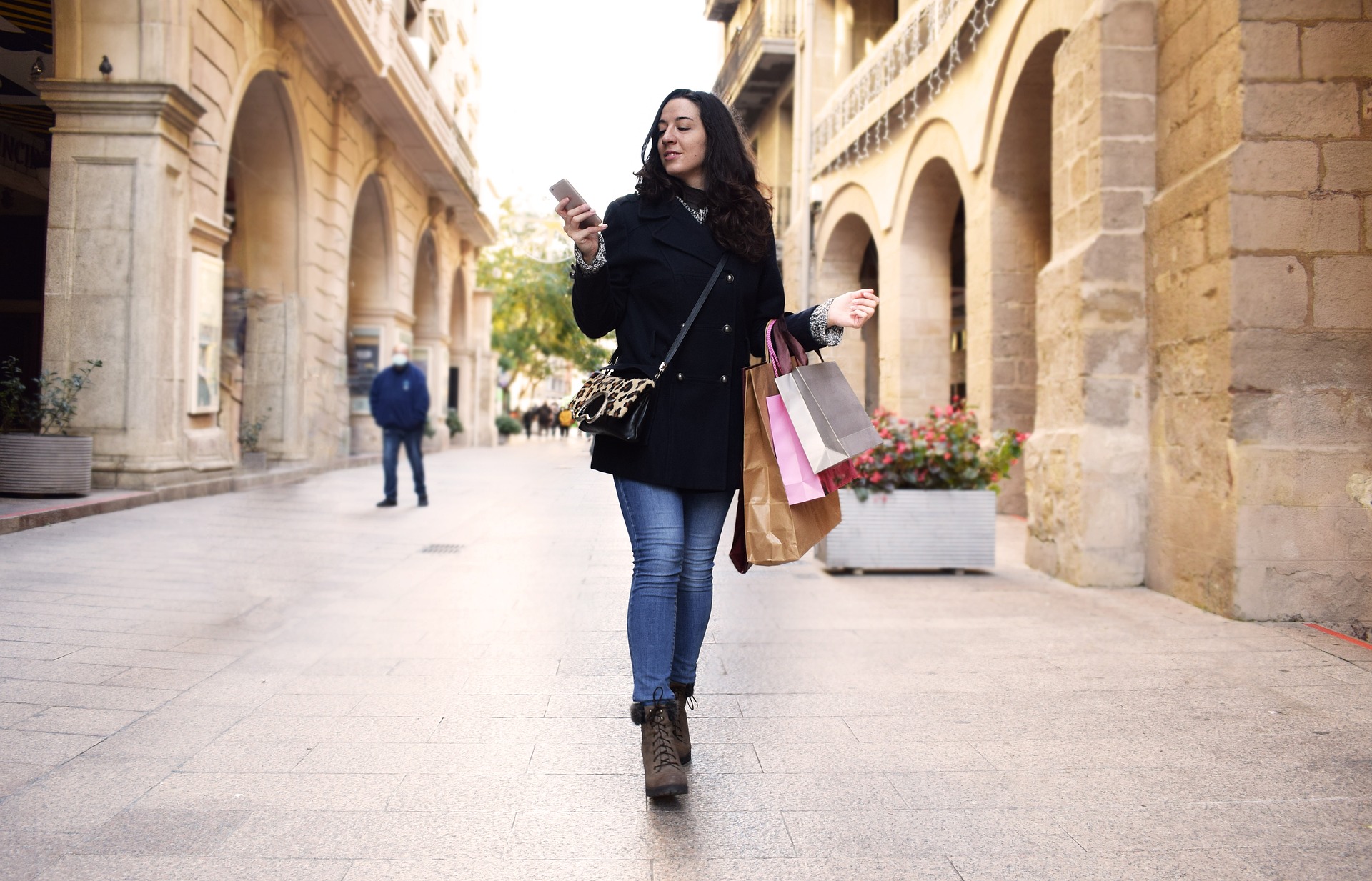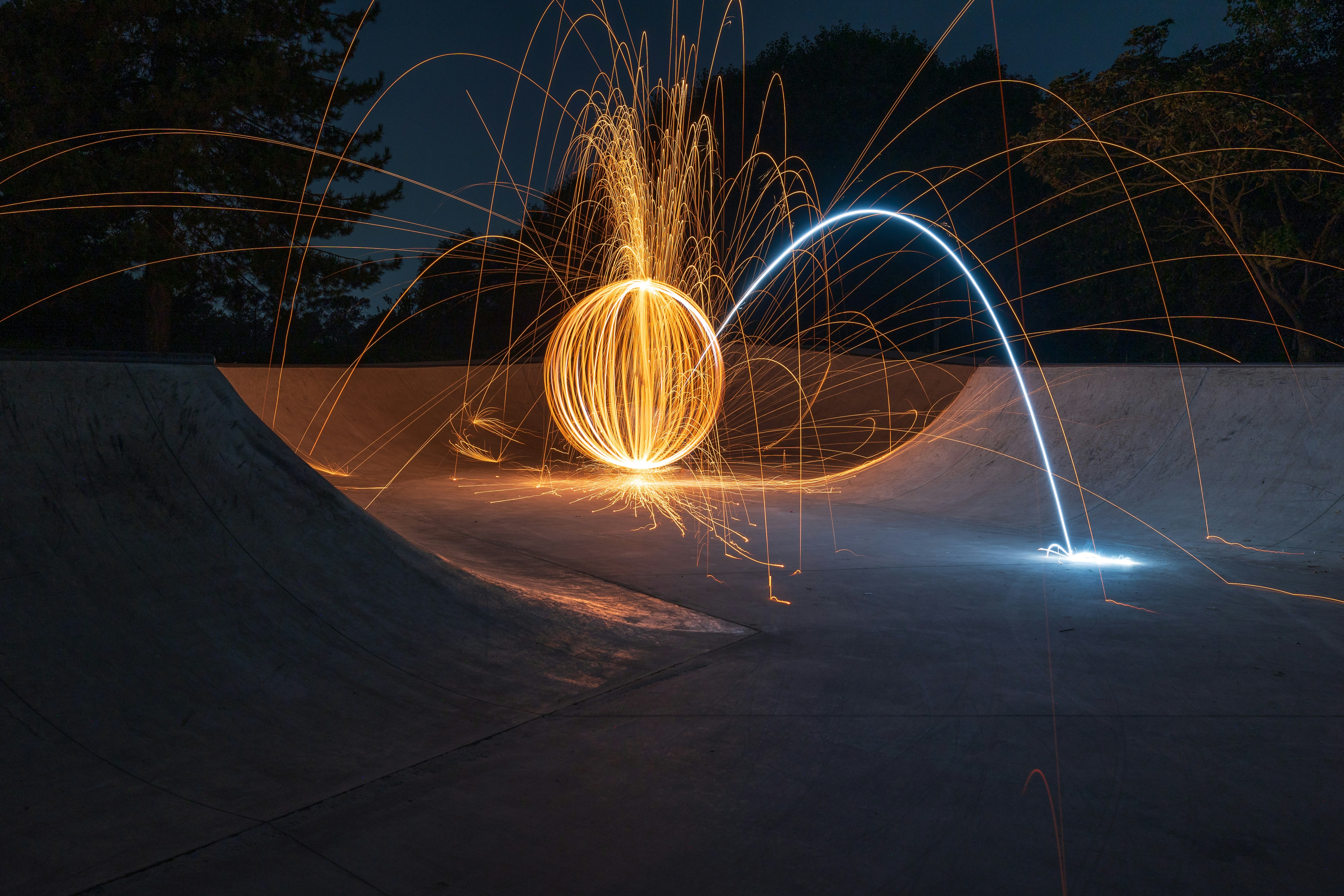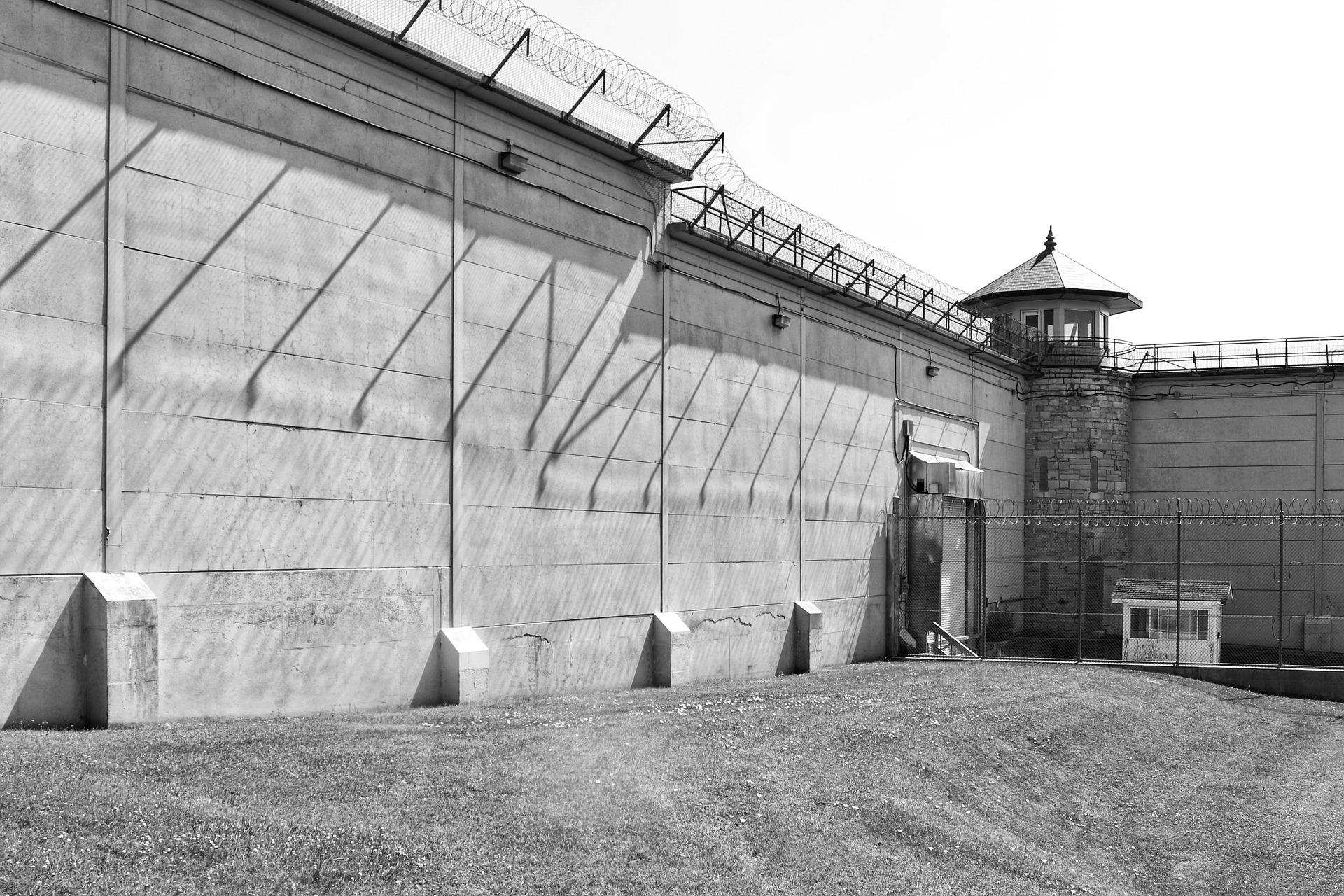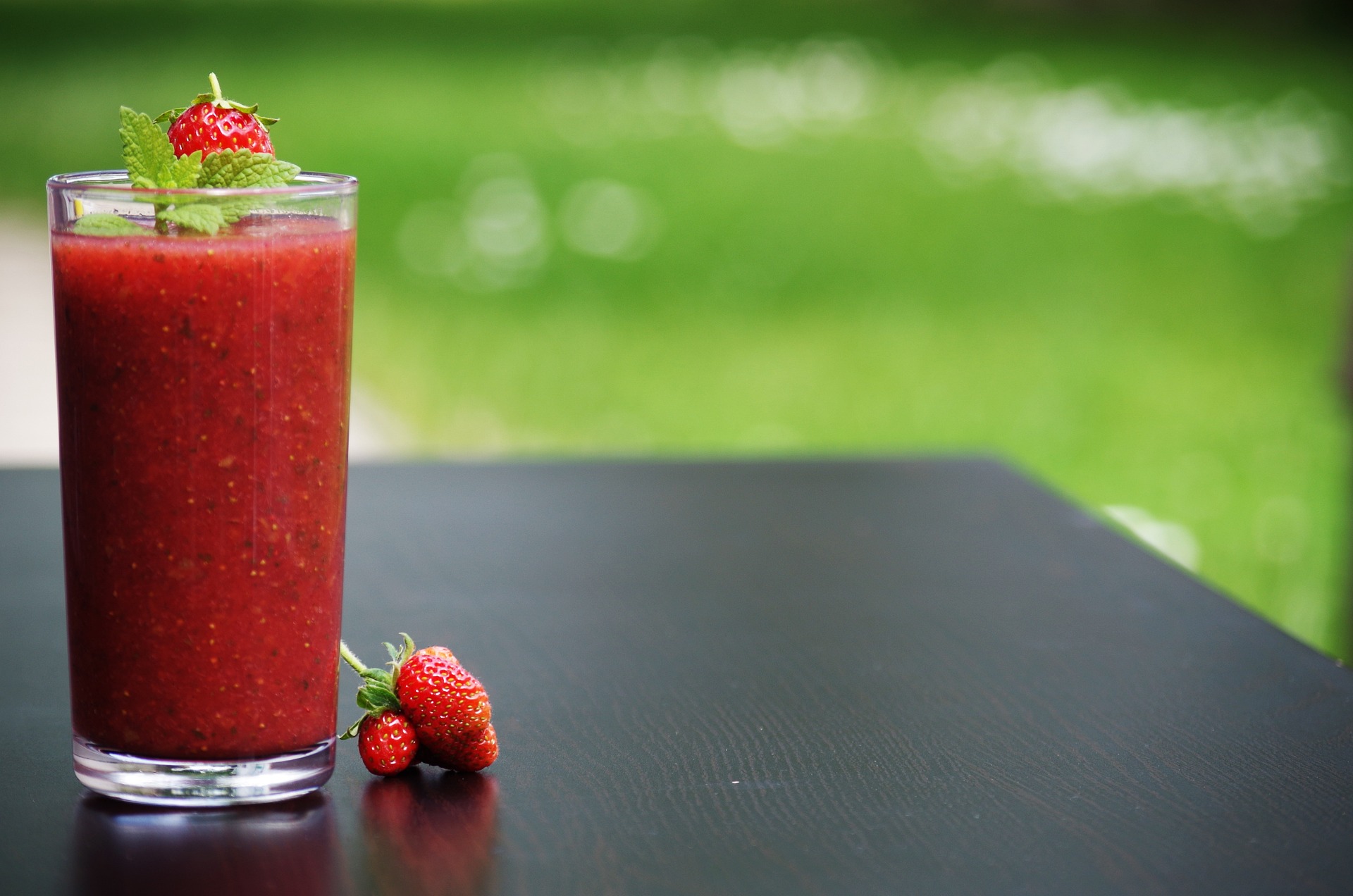Secondhand Luxury Fashion: Yesterday's Artifact, Today's Treasure
Few things illustrate the cyclical nature of fashion quite like the recent surge in interest for secondhand luxury goods. In the modern fashion landscape, the tides have certainly shifted toward a more ethical, sustainable scope—evidently, the allure of pre-loved luxury items is more prominent than ever. Today, we dive into the ascendancy and gradual evolution of the secondhand luxury market that has been making waves among discerning fashion enthusiasts.

The Genesis of Secondhand Luxury
The secondhand luxury market is far from a modern novelty. For decades, vintage stores and thrift shops lined the narrow streets of globally renowned fashion capitals. As one rapport with fashion in the early 20th century, it was relatively common to trade, resale, and alter high-quality garments. However, the cultural switch, propelled by the 21st century’s fast fashion phenomenon, had seemingly reduced luxury secondary market shopping to a niche pursuit. The recent ascension of secondhand luxury has unearthed this deep-seated cultural behavior, transfigured by modern values, priorities, and economic conditions.
Luxuriating in Sustainability
One of the secondhand luxury market’s crucial driving factors has been the increasing consumer consciousness towards environmental sustainability. Evolving from conspicuous consumption, the modern consumer now places higher importance on an item’s longevity and its environmental impact rather than its trendiness. The purchase of secondhand luxury items attests one’s fashion awareness, involvement in eco-conscious behavior and, at times, financial sensibility.
The Digital Enlivenment
Central to today’s flourishing secondhand luxury industry has been the Internet’s amplifying capacity. The strategic infusion of technology not only fostered an increasing number of online marketplaces but also made way for the provision of dedicated platforms exclusively directed toward luxury goods like TheRealReal, Vestiaire Collective, and Depop. Moreover, social media platforms like Instagram have become a trove of pre-loved luxury goods, further piquing consumer interest and breaking demographic boundaries.
Authenticity and the Ascent of Pre-loved Luxe
Ironically, despite the luxury industry’s ethos of exclusiveness and dignity, buying secondhand grants consumers an equally esteemed feel. Consumers are becoming increasingly drawn to the idea of owning unique, hard-to-find pieces, which further feeds into the primary demand for distinctiveness in luxury. Thus, the enthusiastic customer’s chase for authenticity intensifies the appeal of the secondhand luxury industry.
Making the Most of Secondhand Luxury Shopping
- Take Time to Research: Gain insights about brands, their signature styles, and market value. Look out for quality indicators to ensure you get the best deal from your purchase.
- Trust Your Taste: In the end, fashion is a personal expression. Always opt for pieces that match your style, cohesive with your existing wardrobe.
- Look for Authenticity: When buying secondhand luxury goods, particularly online, make sure to validate the product’s authenticity thoroughly. Sometimes, it is worth using an authentication service.
- Patience Pays Off: Remember, finding valuable items can take time. Persistence will eventually lead you to your coveted, unique pieces.
In conclusion, the rise of the secondhand luxury market is a fascinating melding of vintage appeal and modern eco-consciousness. As fashion enthusiasts increasingly tend towards sustainability and uniqueness, the appeal of pre-loved luxury shows no signs of waning. As we take strides into the future of fashion, it seems more than likely that ‘borrowed from the past’ will continue to be a definitive style statement, echoing loudly in the muted whispers of pre-loved vale.




